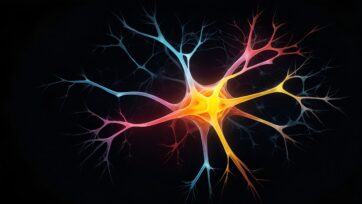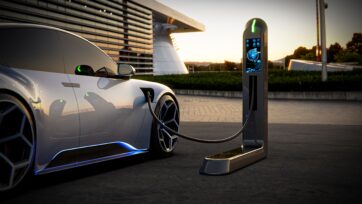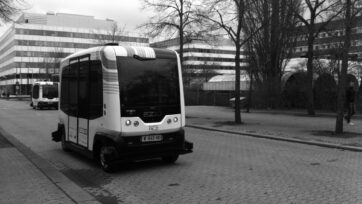(Image credit: Brandon Woyshnis)
Toyota’s GenAI Tool: Transforming Vehicle Design with Innovative Integration
In a groundbreaking move, Toyota Research Institute (TRI) has unveiled a cutting-edge generative artificial intelligence (GenAI) technique that is set to revolutionize the landscape of vehicle design. This new approach, which combines advanced machine learning with engineering constraints, promises to streamline the design process, enhance collaboration between designers and engineers, and accelerate the development of more aerodynamic, fuel-efficient, and safer vehicles.
The Promise of Generative Artificial Intelligence
Generative AI has long been a tantalizing prospect in the automotive industry. It holds the potential to redefine manufacturing processes and empower automakers to create vehicles that are not only visually appealing but also optimized for performance, safety, and efficiency. Toyota’s GenAI tool is a significant stride forward, offering a novel solution to the challenge of integrating complex engineering considerations into the design process.
Overcoming Limitations with Innovative Integration
One of the critical hurdles faced by generative AI tools in the automotive sector has been their inability to handle intricate engineering and safety considerations. Avinash Balachandran, director of the Human Interactive Driving (HID) Division at TRI, notes that while generative AI tools are often used for inspiration in the creative process, they struggle to address the practical complexities of actual car design.
Toyota’s approach involves integrating early design sketches with engineering constraints in the generative AI process. By introducing parameters such as aerodynamic drag, a crucial factor influencing fuel efficiency, designers can optimize their creations within predefined engineering boundaries. This innovative technique significantly reduces the number of iterations required to arrive at a final design, fostering a more efficient collaboration between designers and engineers.
Balancing Creativity and Constraint
The GenAI tool strikes a delicate balance between amplifying designers’ creative capabilities and adhering to engineers’ constraints. The integration of engineering constraints, such as minimizing aerodynamic drag, enables the AI to generate designs that not only meet aesthetic preferences but also enhance vehicle performance, safety, and reliability.
This approach is particularly promising for electric vehicle (EV) design, where superior aerodynamics can extend the range without the need for larger, costlier batteries. By focusing on drag optimization early in the design process, Toyota aims to make a significant impact on the efficiency and design of EVs.
Digital Prototyping for Early Flaw Identification
Beyond design optimization, Toyota’s GenAI tool creates digital prototypes of vehicles that undergo simulated real-world testing. This enables engineers to identify potential flaws early in the development process, preventing costly errors during production. Designers can request the tool to generate vehicles based on qualitative parameters like “sleek” or “like an SUV,” while still optimizing quantitative performance metrics such as aerodynamic drag.
Accelerating the Future of Vehicle Design
Toyota’s commitment to leveraging generative AI responsibly reflects a broader industry trend. As Charlene Wu, senior director of TRI’s Human-Centered AI (HCAI) Division, emphasizes, the goal is to harness the creative power of AI to amplify the capabilities of designers and engineers.
In conclusion, Toyota’s GenAI tool represents a significant step forward in the integration of artificial intelligence into the automotive design process. By addressing the limitations of existing generative AI tools, Toyota aims to accelerate the development of innovative, high-performance vehicles while fostering efficient collaboration between design and engineering teams. The implications of this breakthrough extend beyond Toyota, offering a glimpse into the future of automotive design where creativity and engineering prowess converge seamlessly.
References
Greenwood, Matthew 2023, Toyota’s new GenAI Tool is Transforming Vehicle Design, Engineering.com, viewed 27th November 2023, https://www.engineering.com/story/toyotas-new-genai-tool-is-transforming-vehicle-design

























